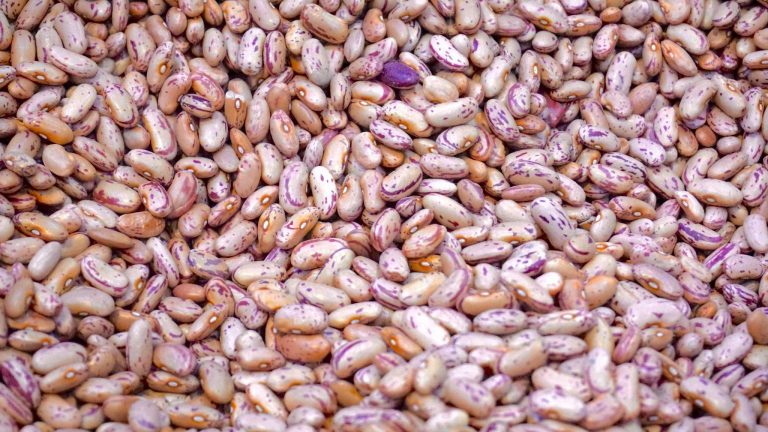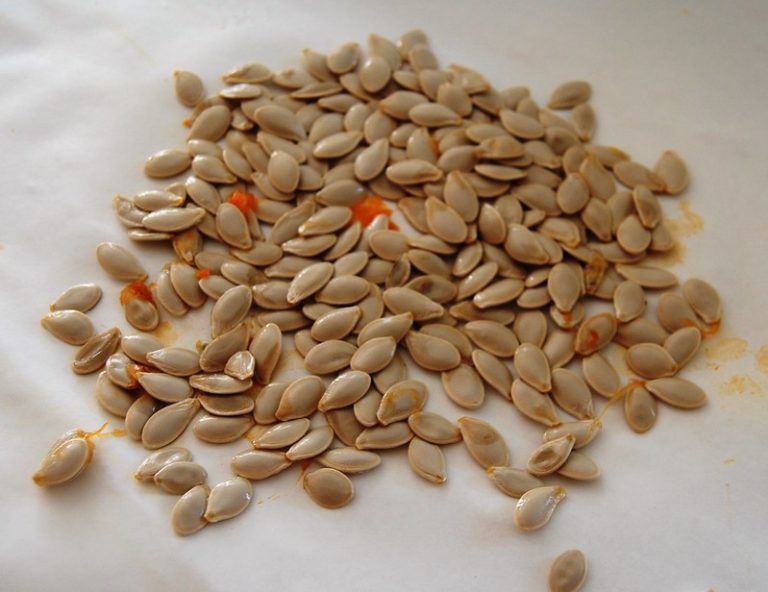It’s that time of year when the seed catalogs start arriving in the mailbox. Getting new packets of seeds from a seed supplier is a real treat. Knowing that those carefully harvested seeds will eventually grow into food or flowers is so exciting. It’s just as satisfying to sort through personally harvested seeds from…
seed storage
5 Easy and Neat Seed Storage Ideas
I’m an organization nerd (and a seed storage geek). It’s why I’m so attracted to Square Foot Gardening. I like it when things have their place. Without a system, things easily start to become messy and confusing. “Where did I put that again?”, “What did I just plant there last week?”. I’m more forgetful than…

